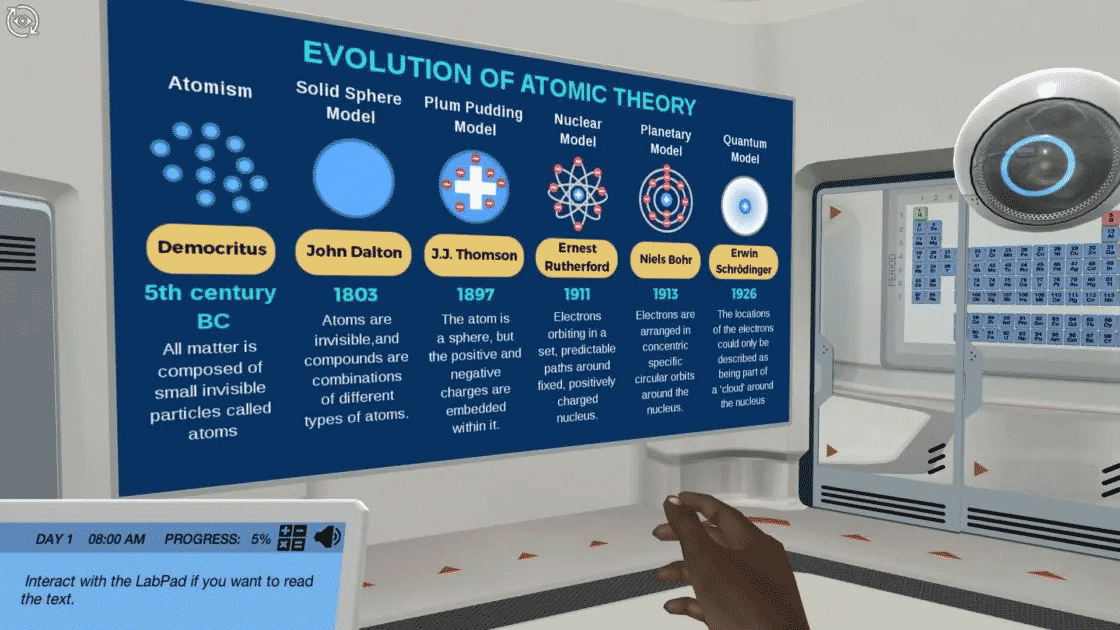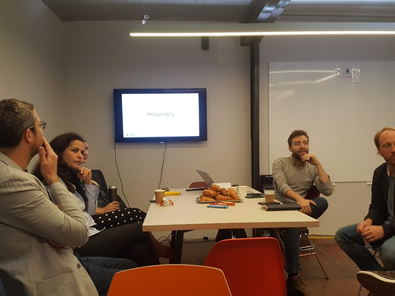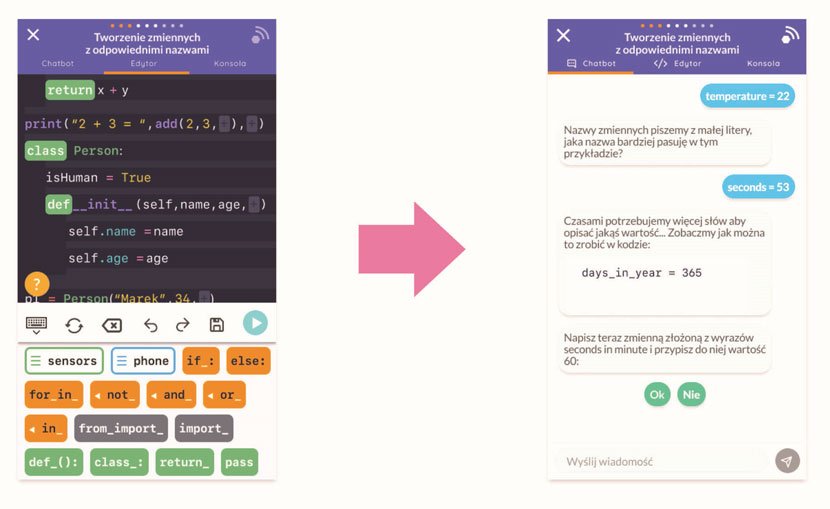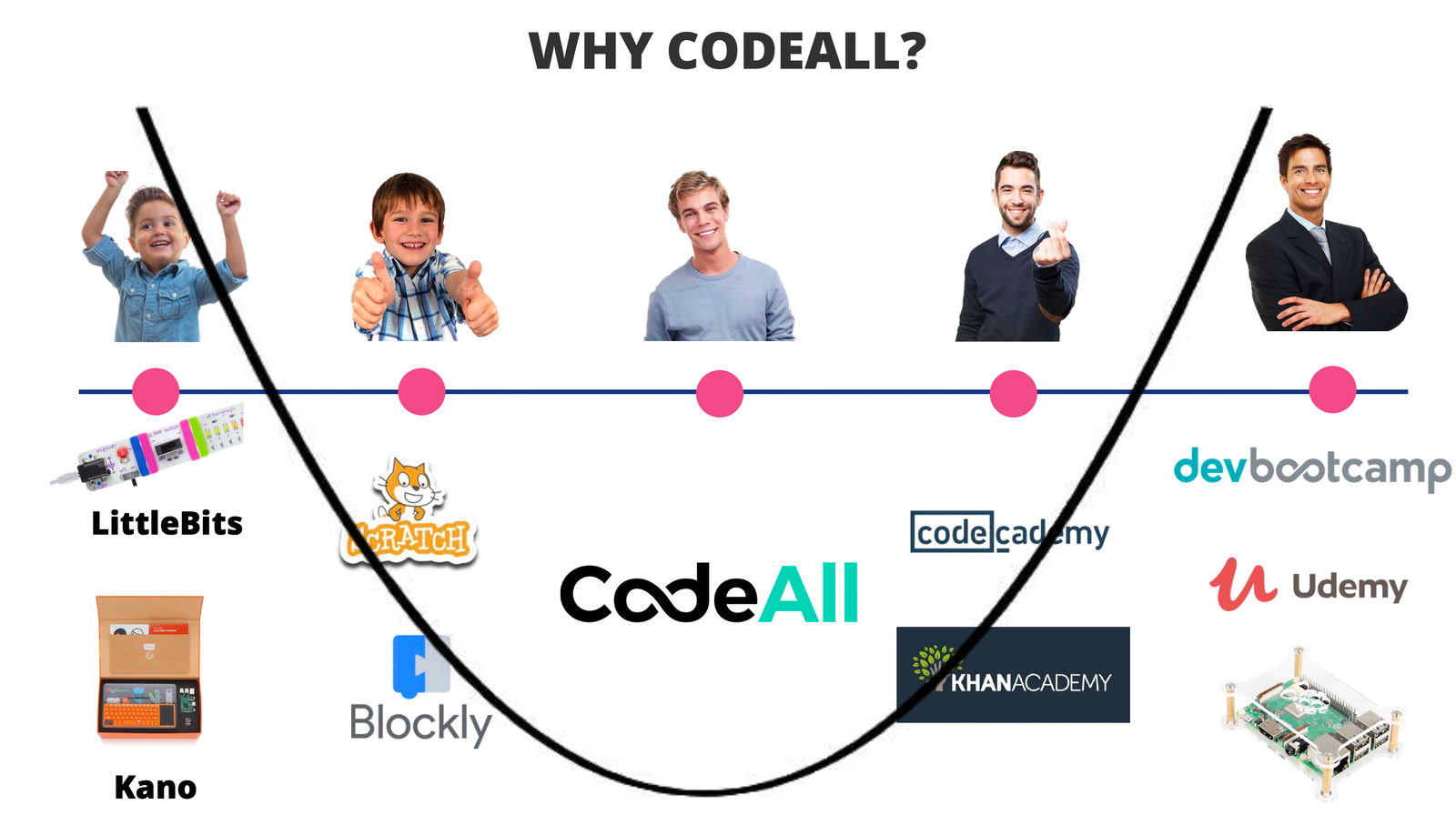
Innovations in education – alternative means of transferring knowledge and educational challenges in the 21st century
Ghost in the machine
Startups around the world offer innovative solutions in the field of Industry 4.0, smart cities, medicine and, among others, education( the so called EdTech). Perhaps the education industry seems to be less popular – we still learn within the same walls – but at some startup conferences it is particularly promoted. For example, in this post, you can read about the South Summit conference in Madrit , where Expansio participated in a competition for educational startups called EnlightED.
The fruit of the work of the educational startups are proposals for new educational solutions. For example , while participating in the Kickstart accelerator in Zurich, Expansio got to know the Labster startup. Labster creates virtual laboratories that can be used with augmented reality glasses. The university no longer needs to build a specialized chemical laboratory for its students for hundreds of thousands or millions of dollars. All you need to do is to buy a Labster subscription, give students augmented reality glasses and you can choose from 200 available virtual laboratories (Interestingly, the search for application of new technologies seems to go hand in hand with the search for new methods of work organization – Expansio is a turquoise organization and Labster is a holacration :)).

Inside the virtual Labster laboratory

Labster gives a lecture, among others, for CodeAll on work organization using the holacration method.
This is an example of a new form of knowledge transfer that works especially well for subjects like chemistry or biology. In addition, education also evolves beyond the startup environment, as evidenced by Wikipedia, Wolfram Alpha, or the use of the Google search engine when searching for information. It can be concluded that Google and Youtube are the very solutions due to which the Zoo institutions in the 21st century ceased to have invaluable educational value for us and we started as a society to pay attention to the quality of life of the animals deprived of the access to their natural environment. A great revolution in education was making knowledge available in the Internet, knowledge that so far could only be obtained at universities e.g. thanks to such portals as Coursera or Udemy.
I am fascinated by those transformations. As a designer and educator I prefer to participate in them, not just observe them. The search for new ways of teaching is an inspiration and motivation for me; it is an opportunity to research and better understand how the world of human-technology interaction can affect us as individuals and society. This is how my cooperation with Expansio on CodeAll began in March this year.
CodeAll will be a chatbot that will teach the user to program, using dedicated programmable sensors for use at home or in the school environment. The idea came up when Mateusz met his teenage cousin, who was interested in new technologies and wanted to study computer science in the future. Mateusz decided to build a virtual teacher that everyone would have access to on their phones. In other words, he has set as an objective the conversation as a teaching medium.
 Conversation and coding the two poles of CodeAll
Conversation and coding the two poles of CodeAll
Let’s talk…
What is learning by talking and how is learning by talking face to face different… and what are the advantages and disadvantages of communicating with the „ghost in the machine”? In order for the conversation with the machine to be a source of knowledge for us, which we will want to reach with comfort (and enthusiasm) , I strongly believe, certain conditions must be met. You will need to gain the users trust that he is dealing with some authority; despite the understanding that the conversation takes place with an intangible entity, the user will feel safe entering the game/conversation game on an educational topic.
But why conversation as a teaching medium? This is a proven solution.. Historically speaking, the mighty, magnates and wealthy of this world have reached for personal instructions since the dawn of time. Court scientists, researchers, alchemists, philosophers and astrologers have been involved in, among others, teaching the offspring of their patrons and caring parents pay for extra lessons when their children are in danger of failing the subject to this day . To be honest, this is the conversation that backdates the lecture/ lesson as a means of transferring the knowledge, and its disadvantage is simply that while being the best way to give instructions, it is limited to the narrowest possible audience.
Direct communication has only advantages: it allows you to react to the behavior ,progress or the preferences of the student in a way that is difficult or impossible to achieve in the classroom environment. Talking to someone face to face, we can see if metaphors, examples and the language that we use are the ones that best speak to the other person. Face to face conversation allows for levels of empathy that we already feel are not enough when we communicate via Zoom, or (worse) Messenger. Nevertheless, although “it’s not the same”, the possibility of a text chat beats the necessity to work alone – without another person that will contextually guide us through the teaching process.
From the didactic point of view, the greatest benefit of the direct work is the ability to adjust the pace of work to the needs of the particularly gifted students or those who have problems with acquiring the material. Perhaps , we are dealing with the student for whom the motivation to work is a conversation and a 1 to 1 relationship. The feeling of no subjectivity of sitting in the school bench for some may translate into the lack of commitment.
Another reason why students are not involved is that abstract knowledge is not translated into their lives; their immediate surroundings. Here, too, we can see an opportunity for CodeAll, that will meet them with the set of wireless sensors – such as distance sensor, buttons, smart socket, light intensity sensor, speaker, microphone – that students will be able to program and connect with each..
Definition of the design problem i.e. the challenges in education that we want to face.
Challenge number 1: Black box
We stop understanding the mechanisms by which the world around us operates. When was the last time you checked the temperature on an analog thermometer, instead of running an application on your phone? When did the last car come off the assembly line that did not need to be connected to the laptop in the workshop? Do you know what MP3 is and how it works in your phone (because we can easily imagine the mechanism of the gramophone)?
Perhaps the technical knowledge necessary to build and repair everyday tools in our environment is no longer necessary – and that is the fact, we got rid of technology lessons from the educational program – but do you think computer science lessons will help you connect your laptop to the car? Do we teach children/ teenagers where to start if the world of microcontrollers (and these replace all analog solutions developed so far) for some reason fails them? For this purpose , you will need specialist knowledge to be acquired in engineering studies.
The distance to travel between powerlessness and agency in the world around us is growing, because the tools that we use in our everyday lives are „black boxes”, that we know nothing about, but which are hidden behind more and more beautiful interfaces. The key to understanding microcontrollers is learning to program… and here comes challenge #2.
Challenge number 2: The “Gap” in teaching programming.
Learning to program is no joke. I mean… one of the biggest problems is a technological progress itself. New programming languages, software standards and versions and platforms, it is a lot of material that would have to followed, and often someone who can handle it all will be more likely to work as a programmer than a teacher in a local primary school.
Passionate teachers, on the other hand, will have the privilege to deal with the issue of operating in educational institutions and equipping educational institutions with the equipment, the issue of the implementation of the core curriculum and various predispositions and the level of interest of the students, which will vary from extreme lack of interest to the expertise close to professionals.
So we are used, to some extent, to the fact that students who are interested in learning programming do it on their own, sometimes parents get interested in the issue, and those less interested will probably remain efficient users of the technology, but without deeper understanding of it. The Internet is a treasure trove of educational resources which you can access on your own when motivated.
We can divide this resources roughly into two camps. Advanced tools (more) accessible to scientific minds, often consisting of „engineering” documentation, that no one has tried to rewrite for the needs of students at the certain level of education, and solutions simplified to the level of simple algorithms: available to the youngest and anyone else interested, that build intuition but have no practical application. At least we can be sure that not every profession in the future will rely on programming…. but more on this in challenge #3.
 The “Gap” in the programming market
The “Gap” in the programming market
Challenge number 3: Professions of the future
We don’t know yet what tomorrow will bring, but we can expect that technological progress will force professional retraining, among others, on truck drivers, taxi drivers, bureaucratic and accounting workers … and there will be professions that we are not yet able to name and predict. The examples of new professions that have already arisen as a result of the ICT revolution are interface designers (UI), experience designers (UX), or… influencers, and they are already being replaced by computers.
Just take a look at the profile of the most popular virtual influencer Lil Miquela (or rather Miquela Sousa), followed by over 3 million people in June 2021. This is not a real person, only an avatar created by Brud company. All photos on her profile are creations of 3D graphics created on the computer. Miquela also has a YouTube profile and has released several songs, the most popular one has over 7 million views. Remember – Lil Miquela does not exist. So why can’t you have a virtual teacher in your phone?
Not all professions of the future will be related to computers, the Internet or programming, but understanding the rules and limitations of technology is likely to translate into a competitive advantage in the labor market. I suggest , that it is good to understand the matter in which we operate regardless of direct contact or interest, and the topic that has not yet been touched upon is the fact that hybrid education, – combining school / academic education with further education through training, reading, the Internet (the so called lifelong learning) – will turn out to be a real way to succeed in life in general in the 21st century.
Since we have already talked about hybrid solutions, I recommend that you check out one more influencer: CodeMiko, which is a combination of Miko – the digital influencer and its creator called “the technician”.
What else is missing?
We do not all learn the same way. On the school’s transmission belts we learn to look, listen, remember and answer questions when we are asked, but we don’t learn to question the knowledge given to us. Perhaps some of us are designed to understand abstract concepts through movement, drama etc. Perhaps , we all should be interested in and implement the key components of International Baccalaureate (IB) education: Creativity, Activity, Service (CAS) or Theory of Knowledge (TOK).
CAS means undertaking creative activity, physical activity/exercise activity and volunteering during high school as direct source of varied experiences. Students learn first-hand different ways of investing their time and they can observe changes and development taking place in them. It is experiencing the world first-hand.
TOK, in turn, is a subject organized around the collection and compilation of information from various sources combined with critical analysis. For example, what are the motivations of the authors of “your favorite content” in the Internet? A derivative may be the question whether, when and to what extent the end justifies the means, but also what are my motives when I myself try to separate the wheat from the chaff while building my own image of the world? Or maybe, aren’t we all too comfortable? Let’s say that maybe some of the challenges of education should be faced differently than sitting in the school bench.